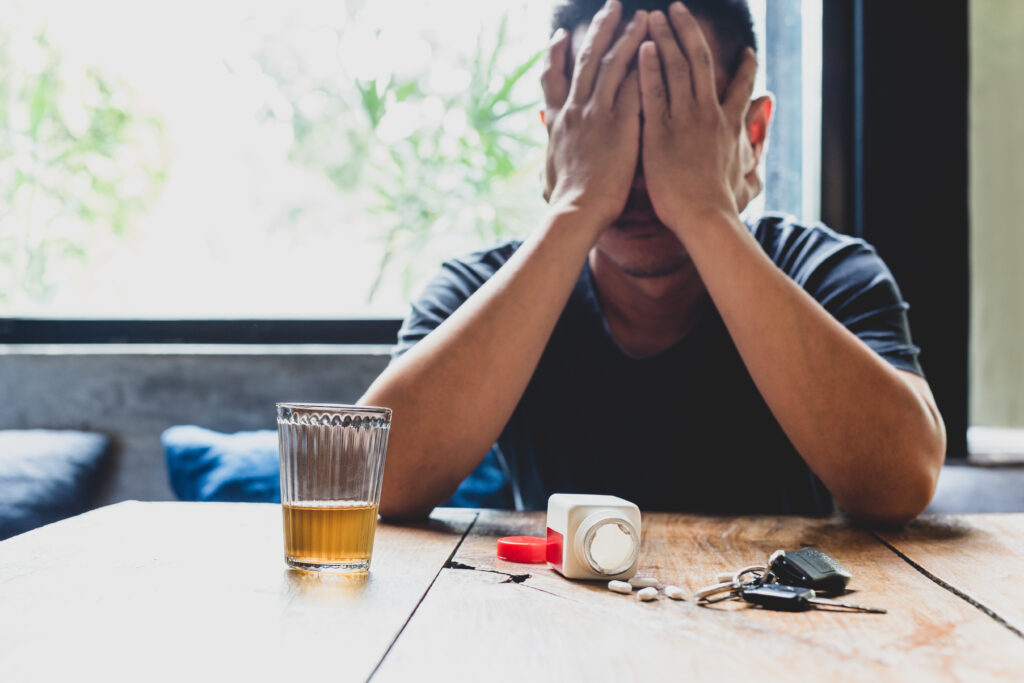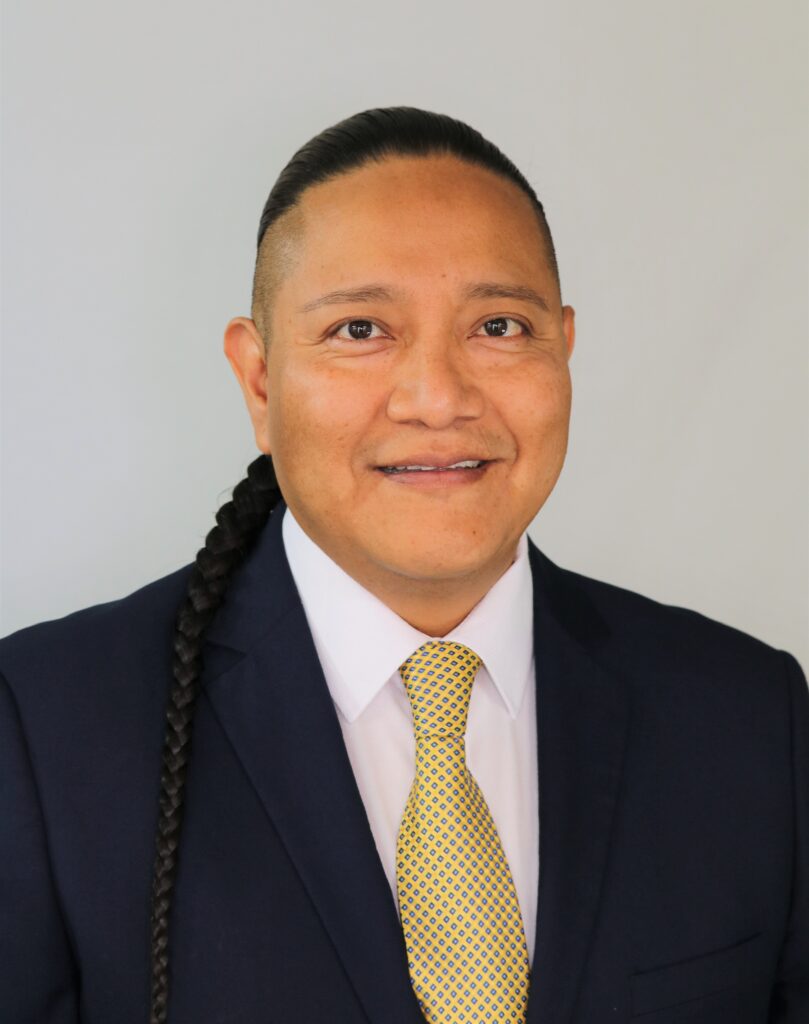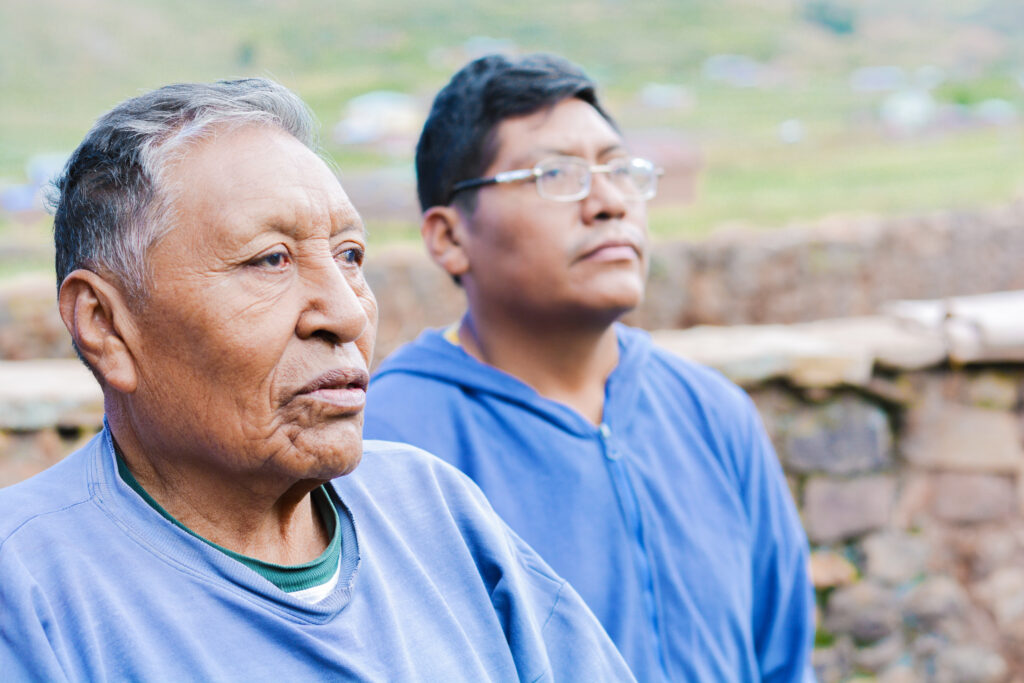Addiction and substance abuse are not like other healthcare problems. Treatment can be hard to find, as well as expensive; even programs like AA and NA don’t work for everyone. Getting sober isn’t as easy as just putting the bottle down.
Now think of Native Americans in recovery. They face the challenges of any addict, while also confronting greater barriers to treatment access and the lack of culturally appropriate care. Which is unfortunate, given that:
- Native Americans have the highest rates of alcohol, marijuana, cocaine, and hallucinogen use disorders and the second highest methamphetamine abuse rates.
- One study found Native youth living on or near reservations had significantly higher rates of alcohol and marijuana use compared to other teenagers; 56% of Native eighth graders reported use compared to 16% of other eighth grade students.
- Between 70% and 95% of all Native people incarcerated were arrested for alcohol-related crimes. That sounds like a high number, right? But consider how many suburban and city residents can evade jail if they choose treatment after getting into legal trouble. That’s rarely a feasible option for Native people who live far from treatment centers, which routes them straight to court.
- In fact, only 12% of Native adults receive the treatment they need at facilities – and the providers there may ignore or disrespect their cultural needs.

There are several dynamics here that aren’t easily solved. The long history of violation from the medical community has fostered understandable distrust on Indigenous lands. Native American public health services also receive significantly lower funding compared to other services; per capita, Indian Health Service funding is less than half of Veterans Health Administration and less than a third for Medicare. The result: provider shortages and only 52% of the space needed for patient populations.
Exploitation is still thriving in some corners, as in the current Arizona scandal involving fake “sober living homes” that defrauded Medicaid and Native patients. These places took the Native patients’ names, birthdates, and social security and ACHCSSS numbers, then kicked hundreds of patients out onto the street while bribing others into staying with drugs and alcohol. Many patients were left homeless; some overdosed; one woman discovered her cousin had been cremated and buried in a resting place for unclaimed remains. In the meantime, the fraudsters billed Medicaid for therapy services that were never provided, defrauding the state of hundreds of millions of dollars.
In search of modern Indigenous recovery
Most recovery experts agree that Native American patients require both evidence-based clinical practices and culturally-based holistic care. The practices and structures can differ quite a bit, though.
Some tribes hold powwows to celebrate sobriety. Wellbriety is an Indigenous-led program that seeks to align mind, body, and soul. Typical meetings begin with prayer and smudging, involve teachings from elders, and then offer group discussions much like you’d find at a traditional AA meeting. The Red Road is a sacred Native path where people in recovery can build resilience through cultural traditions, share stories of trauma, and support each other’s sobriety.

Interview with Lee Yaiva (Hopi)
Lee Yaiva is Chief Executive Officer of Scottsdale Recovery Center, a highly-praised treatment center that offers detox, inpatient, residential, and outpatient services. We talked to him about challenges and options for Native Americans who want to get sober.
Lee, thank you for speaking with us. Can you share some common challenges for Native patients who want to get sober?
Geography is one. Access to treatment can be limited, depending on your location.
Another one is cultural competence. People reach out to me about programs and say, “I’m looking at this program but I’m not sure what they’re about and if I can trust them.” I encourage them to ask questions to get a sense of comfort and confidence. Those places will say “Oh, yes, we serve Native Americans all the time” but how do they do that? People should ask, “How are you accommodating my cultural and spiritual beliefs?” And if you hear a pause or uncertainty, that’s not where you want to go.
At Scottsdale Recovery Center, I ask, “What spiritual practices can I accommodate for you? Do you need corn pollen, sweet grass?” They may be coming from across the country but I’ll be able to design something that’s innate to them but also individualized. I’ll meet with them and talk to them to eliminate that barrier immediately. I become a mediator between their intervention and their cultural practice.
We encourage people to ask questions because if the other person can’t answer those questions, they’re deficient. There’s nothing wrong with that. But it may tell you it’s not the appropriate environment for you to be in.
At Tribal Health, we hear about Native patients trying to get sober in treatment facilities where their cultural needs are ignored and the staff make no attempt to understand where they’re coming from.
I want to touch on cultural responsibility. Because of cultural responsibilities back home, Native people may not want to leave for treatment because, who’s going to attend to the sheep or take care of the fields? They might say, “I want to come to treatment but I can only stay for 30 days because I have to go back and harvest the corn” or other practices at different times of the year.
I understand 100% what that cultural responsibility is. Trying to manage both that and treatment is difficult.
So what I do is, when they go home, I keep engaging until they can come back. Or if they can’t, I establish collaborative efforts with existing structures on Tribal lands. But they may not have the resources, the technology, or the critical expertise to pick up where we left off – so that can be challenging.
That cultural responsibility is difficult to put aside. You’re taught from a young age that you have to come home for this, you have to come home for that. When you disregard that, it’s like you’re disregarding your cultural identity for something non-Native.

That makes a lot of sense.
There’s also a warrior mentality: you’re supposed to be stoic, you don’t express emotion. Men may be taught that if someone disrespects you, you don’t talk about it – you fight over it. You exude your dominance in a way that ensures it doesn’t happen again. Being self-destructive is celebrated and doing good is made fun of. It’s important to have the integrity and confidence to walk away from negative interaction. So we’re learning that serves us better as people.
And sometimes I meet people who believe they can pray the trauma away or can do this ceremony. But while those things are significant, those people still need clinical intervention. And sometimes people do that, still combat their issues, and wonder why it’s not working.
It needs to merge both: therapeutic intervention such as EMDR or trauma-informed care and ceremony.
Next week, Lee talks to us about creating recovery programs that build on Indigenous community and culture.

